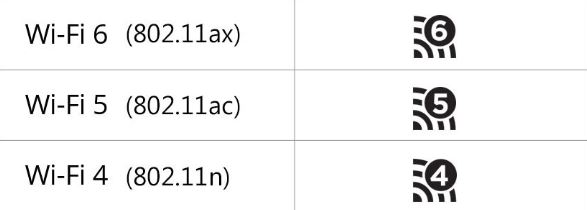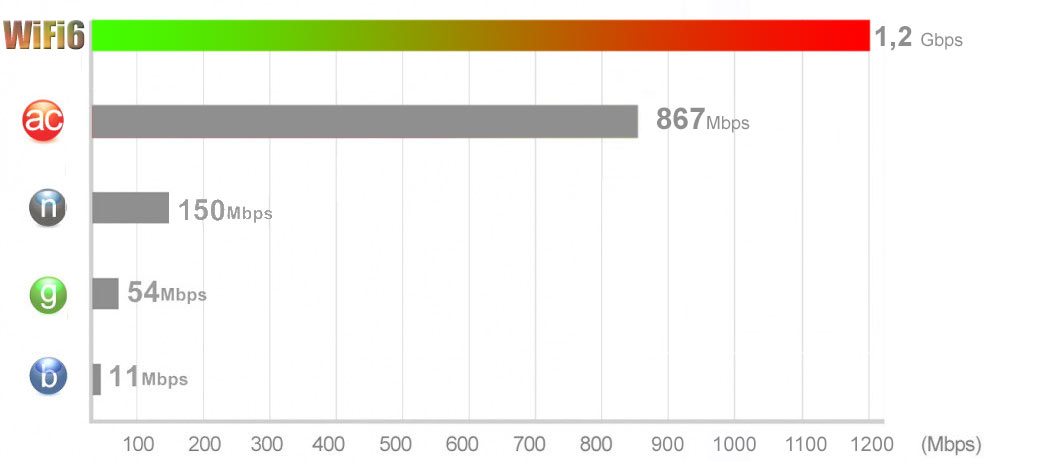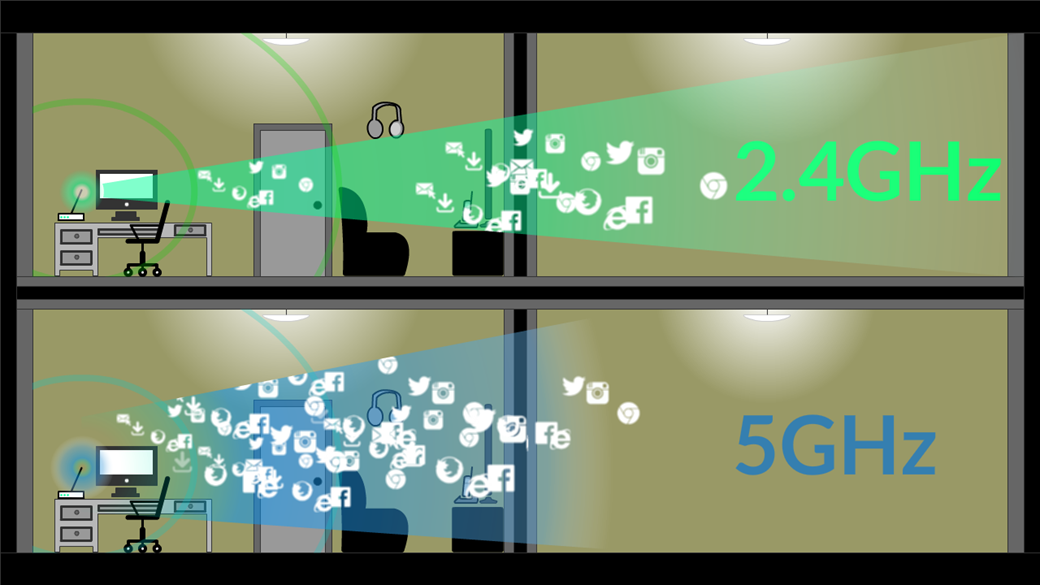Since the announcement of Wi-Fi 6 in 2018, the standard has been rife with rumors and speculation. Almost two years have passed since then, and although the standard has not yet been finally approved, the first devices with its support have already appeared on the market. And now you can try to understand what this Wi-Fi 6 is, and how we managed to miss the five previous ones.

Why Wi-Fi 6?
Because the Wi-Fi consortium decided so. Now, new versions of the IEEE 802.11 wireless data transfer protocol will be designated not by incomprehensible numbers and letters, but simply by a serial number. Wi-Fi 6 is 802.11ax, and previous versions, starting with the original 802.11 introduced in 1997, received numbers from 1 to 5. First, it's easier and more understandable, and secondly, the consortium promises that soon future generation number (starting with Wi-Fi 4) will appear in the connection icon in the status bar.
And it will be possible to guess at one glance at the screen that the Internet speed is low, not due to someone's malicious intent, but because 802.11n is set in the adapter settings.
Connection speed - faster and faster. Each new generation of 802.11 differed from the previous one by a significant increase in the maximum connection speed. Wi-Fi 6 is no exception - now the maximum speed between two wireless devices in ideal conditions is 1.2 Gbps per 160 MHz channel.
Taking into account the fact that the number of channels in the new edition can reach 8, the maximum achievable theoretical speed is 9.6 Gbps. And even though the practical speeds are still 3-4 times lower, it is still quite a lot. Plus, Wi-Fi 6 isn't just about increased speed.
MIMO 8x8
Wi-Fi 6 supports up to 8 channels of MU-MIMO (Multipule User, Multiple Input, Multiple Output). This means that the maximum speed of the router can be distributed among several clients in the required proportions. For example, one channel for smartphones and three channels for a laptop (of course, if it has three receiving paths).

The number of devices "interfering" with each other in this mode is significantly reduced. Wi-Fi 6 is a great solution for building small, high-speed networks.
2.4 GHz is back.
When it was announced that 802.11ac (Wi-Fi 5) would not support 2.4GHz, the news was greeted with disappointment by many. And not only because of the large number of devices that do not operate at 5 GHz: the shorter the radio wave length (the higher the frequency), the less its penetrating power. Consequently, for the same transmitter power, the 5 GHz network area can be much smaller than if it were broadcast on the 2.4 GHz frequency.
Well, the Wi-Fi consortium has listened to the wishes of users, the new standard will work in both bands, which, of course, expands its capabilities.

As you can see, Wi-Fi 6 offers many, if not revolutionary, then serious enough changes to hope that low speed problems will one day be a thing of the past. Alas, most of the benefits of Wi-Fi 6 only work if all devices on the network support this protocol. There are still few of them. But Wi-Fi 6 is backward compatible with all previous standards, so a router with support for the new standard can be purchased today and hope that the transition to the sixth generation of "Wi-Fi" will be quick and painless.

